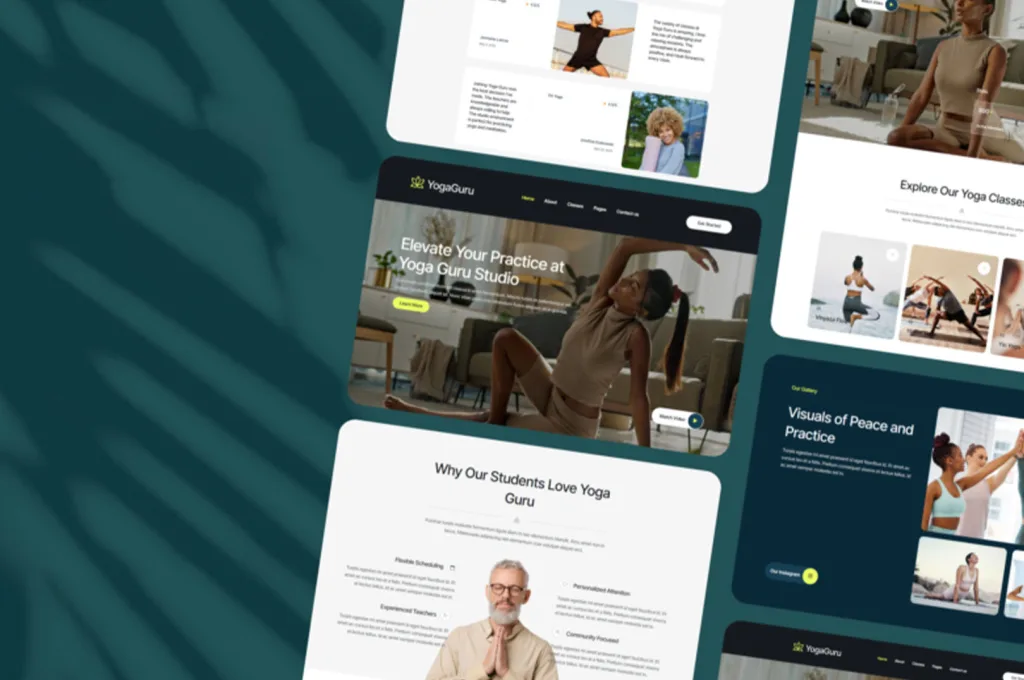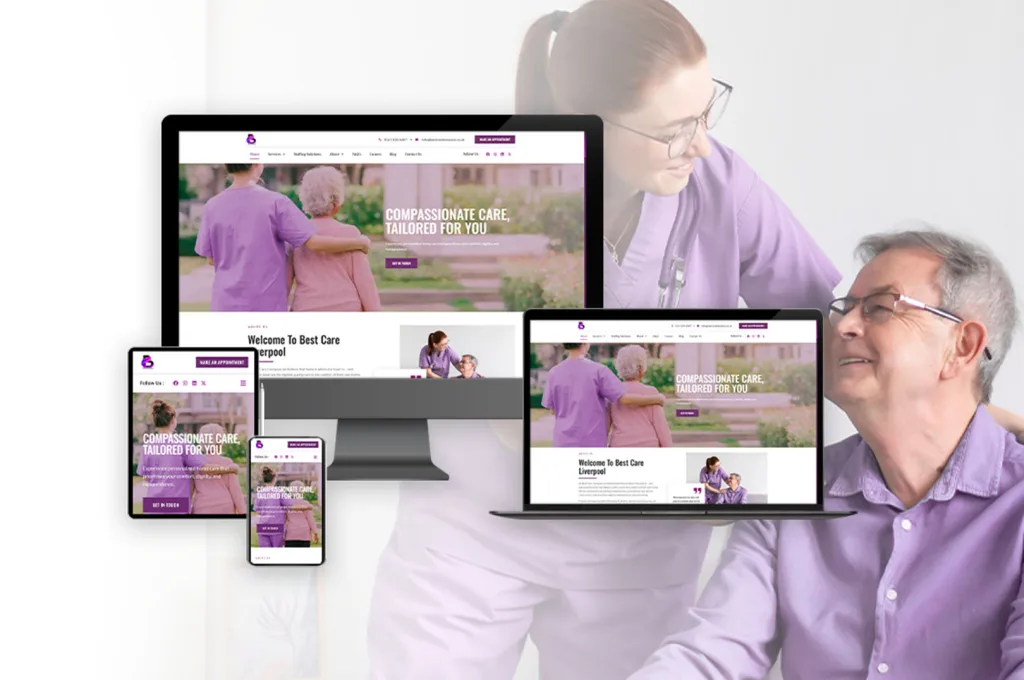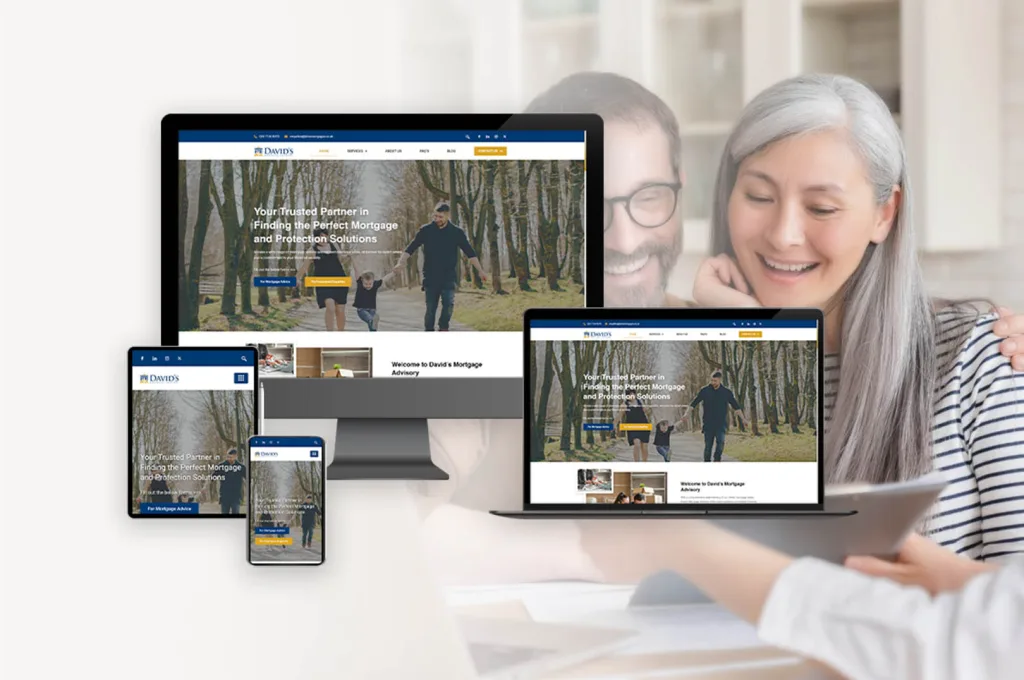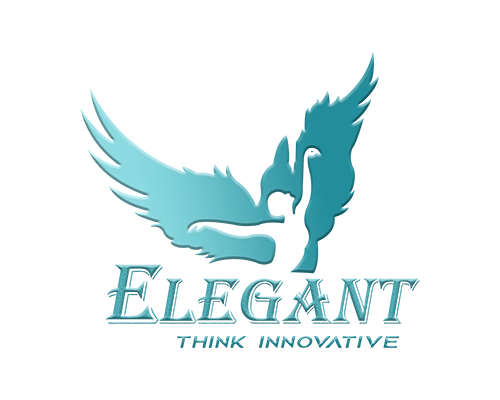How to optimize your website for conversions and generate more leads
Introduction
Are you looking to increase your website’s conversion rate and generate more leads? If so, you’ve come to the right place. In this article, we’ll discuss how to optimize your website for conversions and generate more leads. We’ll cover topics such as optimizing your website design, creating compelling content, and using effective calls-to-action. By following these tips, you’ll be able to increase your website’s conversion rate and generate more leads. So let’s get started!

How to Use A/B Testing to Optimize Your Website for Conversions
A/B testing is a powerful tool for optimizing website conversions. It is a method of comparing two versions of a web page to determine which one performs better. By testing different versions of a page, you can identify which elements are most effective in driving conversions.
To get started with A/B testing, you will need to create two versions of the page you want to test. This can be done by making small changes to the page, such as changing the headline, adding a call-to-action button, or altering the layout. Once you have created the two versions, you will need to set up a test to measure the performance of each page.
When setting up the test, you will need to decide which metrics you want to measure. Common metrics include click-through rate, conversion rate, and time on page. You will also need to decide how long the test should run for. Generally, it is best to run the test for at least two weeks to ensure that you have enough data to draw meaningful conclusions.
Once the test is running, you will need to analyze the results. Look for any significant differences between the two versions of the page and identify which elements are driving the most conversions. You can then use this information to make changes to the page and optimize it for conversions.
A/B testing is an effective way to optimize your website for conversions. By testing different versions of a page, you can identify which elements are most effective in driving conversions and make changes to the page accordingly. With the right approach, A/B testing can help you maximize the performance of your website and increase conversions.
How to Leverage User-Generated Content to Increase Website Conversions
User-generated content (UGC) is a powerful tool for increasing website conversions. UGC is content created by users, such as reviews, comments, and photos, that can be used to engage customers and drive sales. By leveraging UGC, businesses can create a more personalized and engaging experience for their customers, which can lead to increased website conversions.
To get started with leveraging UGC, businesses should first identify the types of content that their customers are likely to create. This could include reviews, photos, videos, or other types of content. Once the type of content has been identified, businesses should create a strategy for collecting and displaying UGC on their website. This could include creating a dedicated page for user-generated content, or integrating UGC into existing pages.
Businesses should also consider incentivizing customers to create UGC. This could include offering discounts or other rewards for customers who submit content. Additionally, businesses should make sure that the process for submitting UGC is easy and straightforward. This will help to ensure that customers are more likely to submit content.
Finally, businesses should make sure that they are actively promoting their UGC. This could include sharing UGC on social media, or featuring it in email campaigns. By actively promoting UGC, businesses can ensure that more customers are exposed to it, which can lead to increased website conversions.
By leveraging UGC, businesses can create a more engaging and personalized experience for their customers, which can lead to increased website conversions. By identifying the types of content that customers are likely to create, creating a strategy for collecting and displaying UGC, incentivizing customers to create UGC, and actively promoting UGC, businesses can ensure that they are taking full advantage of the power of UGC.
How to Use Heatmaps to Identify Areas of Your Website That Need Optimization
Heatmaps are a powerful tool for website optimization. They provide a visual representation of user behavior on a website, allowing website owners to identify areas that need improvement. By analyzing heatmaps, website owners can identify areas of their website that are not performing as well as they should, and make changes to improve user experience.
To use heatmaps to identify areas of your website that need optimization, first you need to install a heatmap tracking tool on your website. This will allow you to collect data on user behavior, such as where users click, how far they scroll, and how long they stay on a page. Once you have collected this data, you can analyze it to identify areas of your website that need improvement.
When analyzing heatmaps, look for areas of your website that have low click-through rates or low engagement. These are areas that users are not interacting with, and may need to be improved. You can also look for areas of your website that have high click-through rates or high engagement. These are areas that users are interacting with, and may need to be optimized further.
Once you have identified areas of your website that need improvement, you can make changes to optimize them. This could include changing the design of a page, adding more content, or making the navigation easier to use.
Heatmaps are a great tool for website optimization, and can help you identify areas of your website that need improvement. By analyzing heatmaps, you can make changes to improve user experience and optimize your website for better performance.
How to Use Landing Pages to Generate More Leads
Landing pages are an effective tool for generating leads and increasing conversions. They are designed to capture the attention of visitors and encourage them to take action. By creating a well-crafted landing page, businesses can increase their leads and conversions.
The first step in creating a successful landing page is to identify the goal of the page. This will help determine the content and design of the page. For example, if the goal is to generate leads, the page should include a form for visitors to fill out. If the goal is to increase conversions, the page should include a call-to-action button.
Once the goal of the page is identified, the next step is to create compelling content. This should include a headline that grabs the attention of visitors and a description of the offer. The content should be concise and easy to read. It should also include a clear call-to-action.
The design of the landing page is also important. It should be visually appealing and easy to navigate. The page should also be optimized for mobile devices. This will ensure that visitors can access the page from any device.
Finally, it is important to track the performance of the landing page. This can be done by using analytics tools such as Google Analytics. This will help identify areas of improvement and measure the success of the page.
By following these steps, businesses can create effective landing pages that generate more leads and increase conversions. With the right content and design, businesses can create pages that capture the attention of visitors and encourage them to take action.
How to Use Social Media to Drive Traffic and Increase Conversions
Social media is an invaluable tool for businesses looking to drive traffic and increase conversions. With the right strategy, businesses can use social media to reach a wide audience, build relationships with customers, and ultimately increase sales. Here are some tips for using social media to drive traffic and increase conversions.
1. Create Engaging Content: Content is key when it comes to social media. To drive traffic and increase conversions, businesses should create content that is interesting, informative, and engaging. This could include blog posts, videos, infographics, and other types of content that will capture the attention of potential customers.
2. Use Targeted Ads: Social media platforms offer businesses the opportunity to target specific audiences with ads. By targeting ads to the right people, businesses can increase the chances of conversions.
3. Leverage Influencers: Influencers can be a great way to reach a wider audience and increase conversions. By partnering with influencers, businesses can tap into their networks and reach potential customers who may not have otherwise been exposed to the business’s products or services.
4. Monitor and Analyze: To ensure that social media efforts are successful, businesses should monitor and analyze their campaigns. This will help businesses identify what is working and what needs to be improved.
By following these tips, businesses can use social media to drive traffic and increase conversions. With the right strategy, businesses can reach a wider audience, build relationships with customers, and ultimately increase sales.
Conclusion
By optimizing your website for conversions and generating more leads, you can increase your website’s visibility, attract more visitors, and ultimately increase your sales. By utilizing the right strategies, such as creating compelling content, optimizing for search engines, and using effective call-to-action techniques, you can ensure that your website is optimized for conversions and generate more leads. With the right approach, you can maximize your website’s potential and increase your sales.
Take your website to the next level and optimize it for conversions and generate more leads! Click here to learn more about how to optimize your website and start generating more leads today.
FEATURED POSTS
-
 Elegant Shines at BestWeb.LK 2025 with 4 Prestigious Awards
Elegant Shines at BestWeb.LK 2025 with 4 Prestigious Awards -
 Why Every Bakery Needs a Professional Website
Why Every Bakery Needs a Professional Website -
 Why Yoga Instructors or Yoga Institutes Should Have a Professional Website
Why Yoga Instructors or Yoga Institutes Should Have a Professional Website -
 How a Mobile Friendly Website Can Boost Your Sales
How a Mobile Friendly Website Can Boost Your Sales -
 ELEGANT Launches New Website for Best Care Liverpool
ELEGANT Launches New Website for Best Care Liverpool -
 ELEGANT Launches New Website for David’s Mortgage Advisory Ltd with a Fresh, Professional Look
ELEGANT Launches New Website for David’s Mortgage Advisory Ltd with a Fresh, Professional Look



